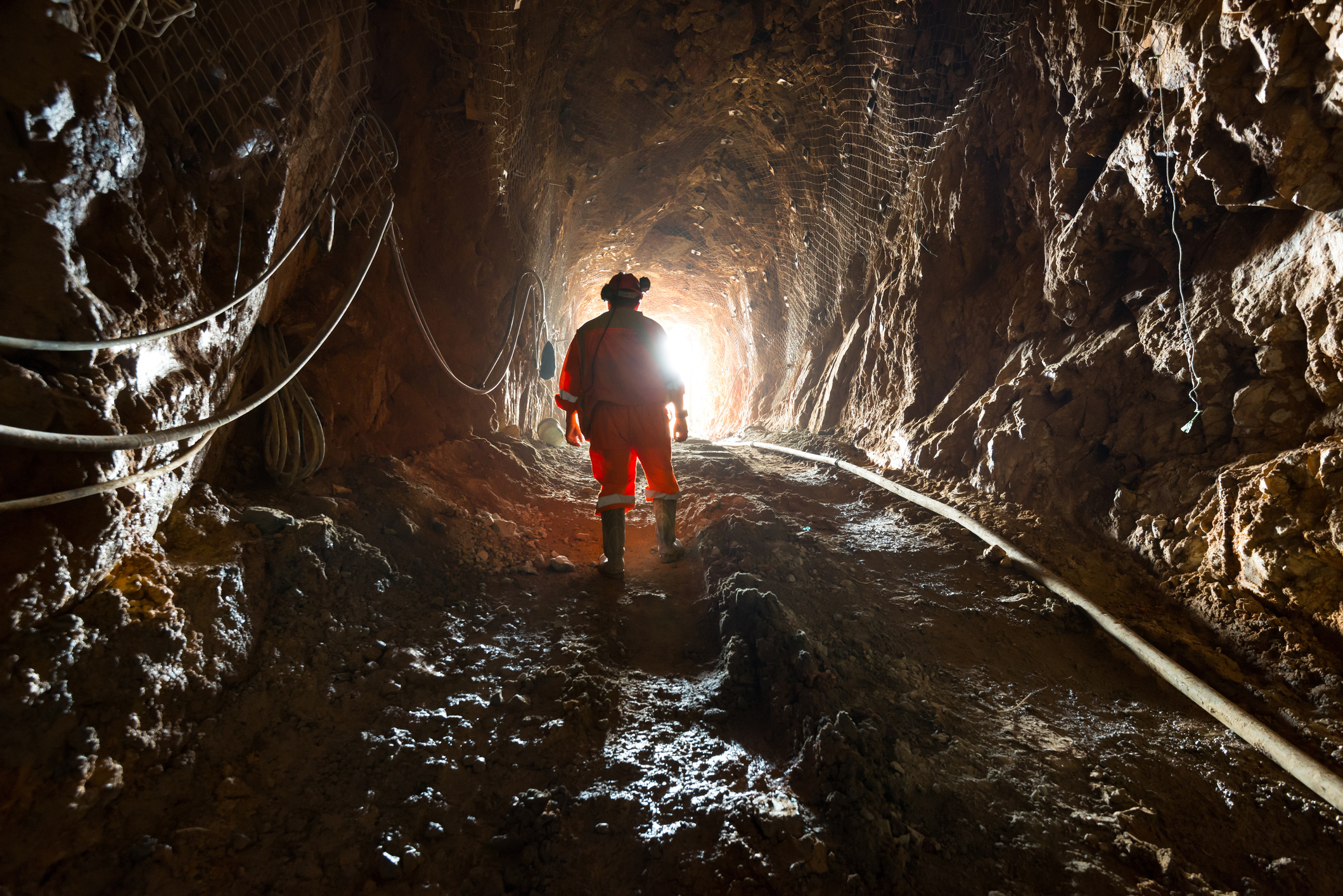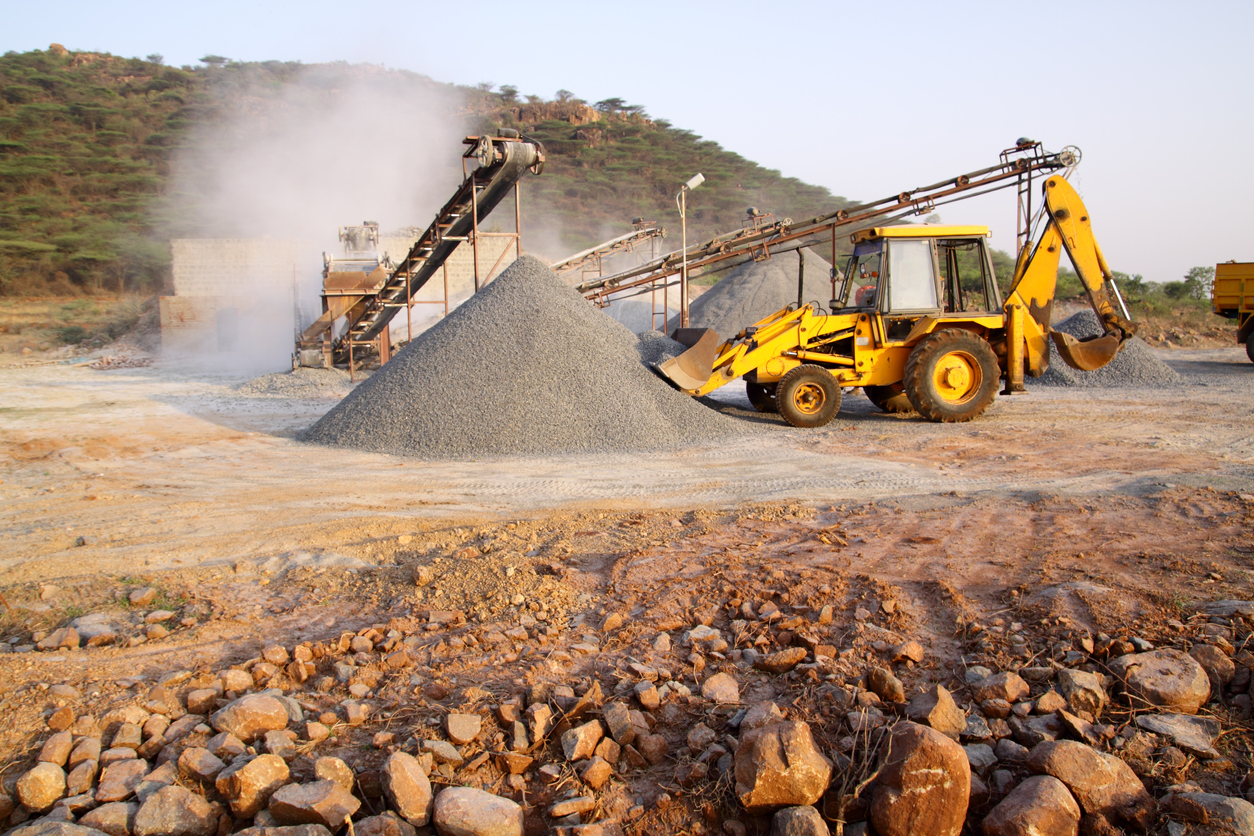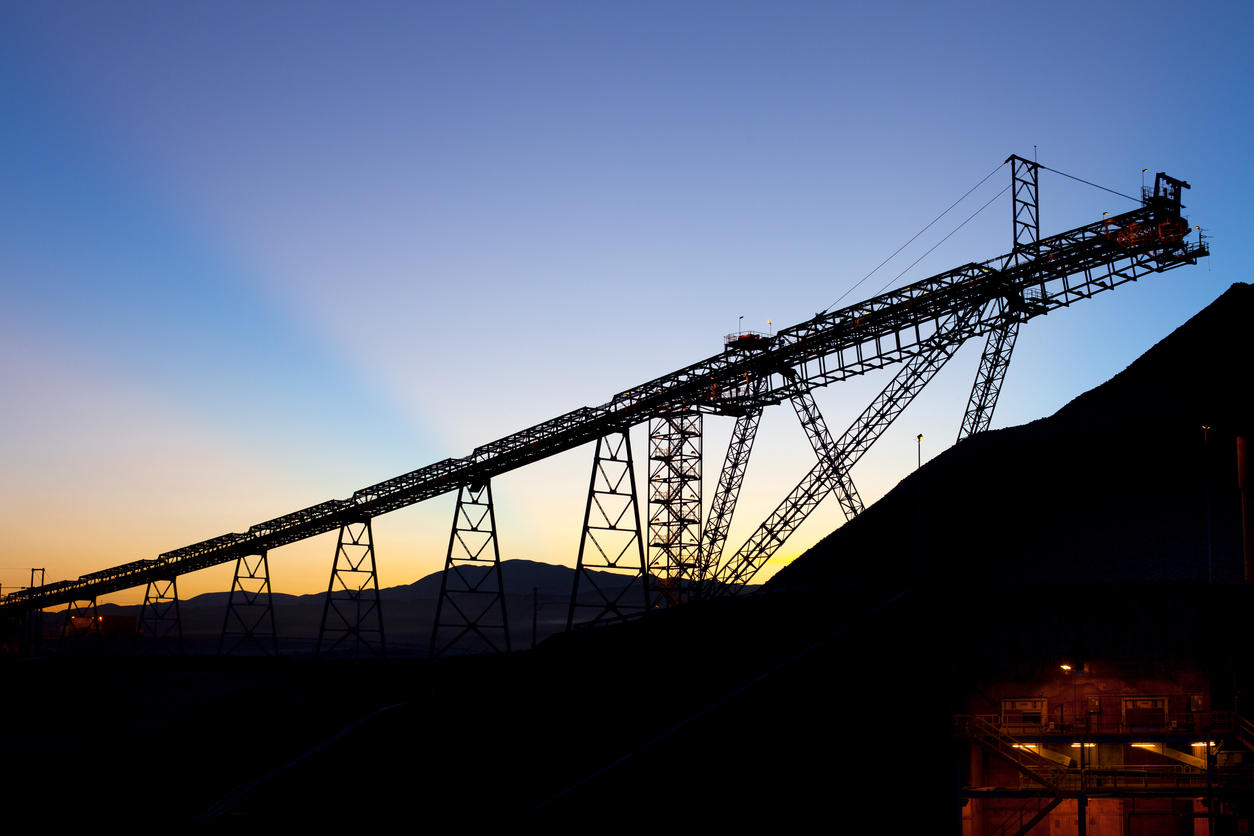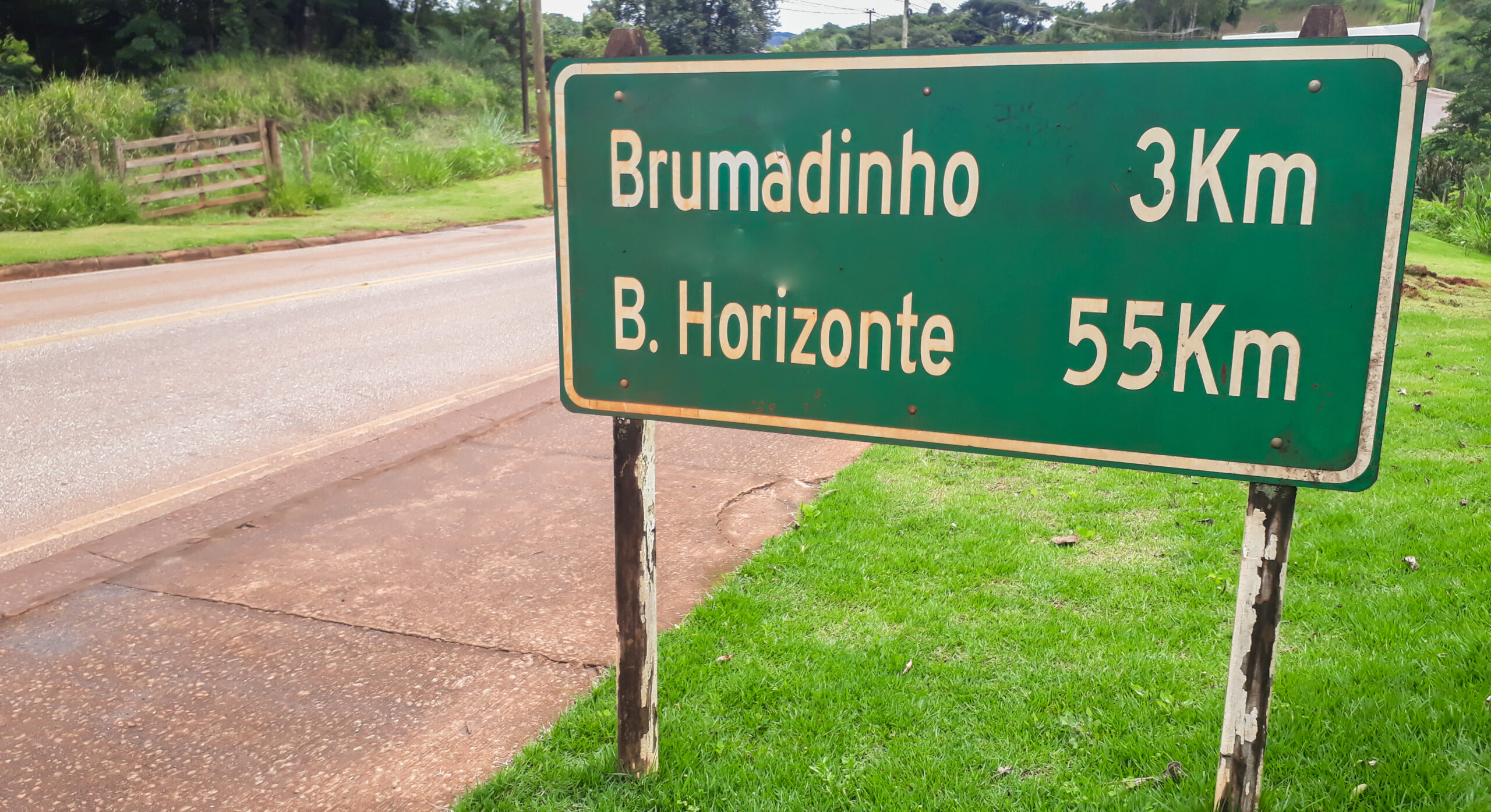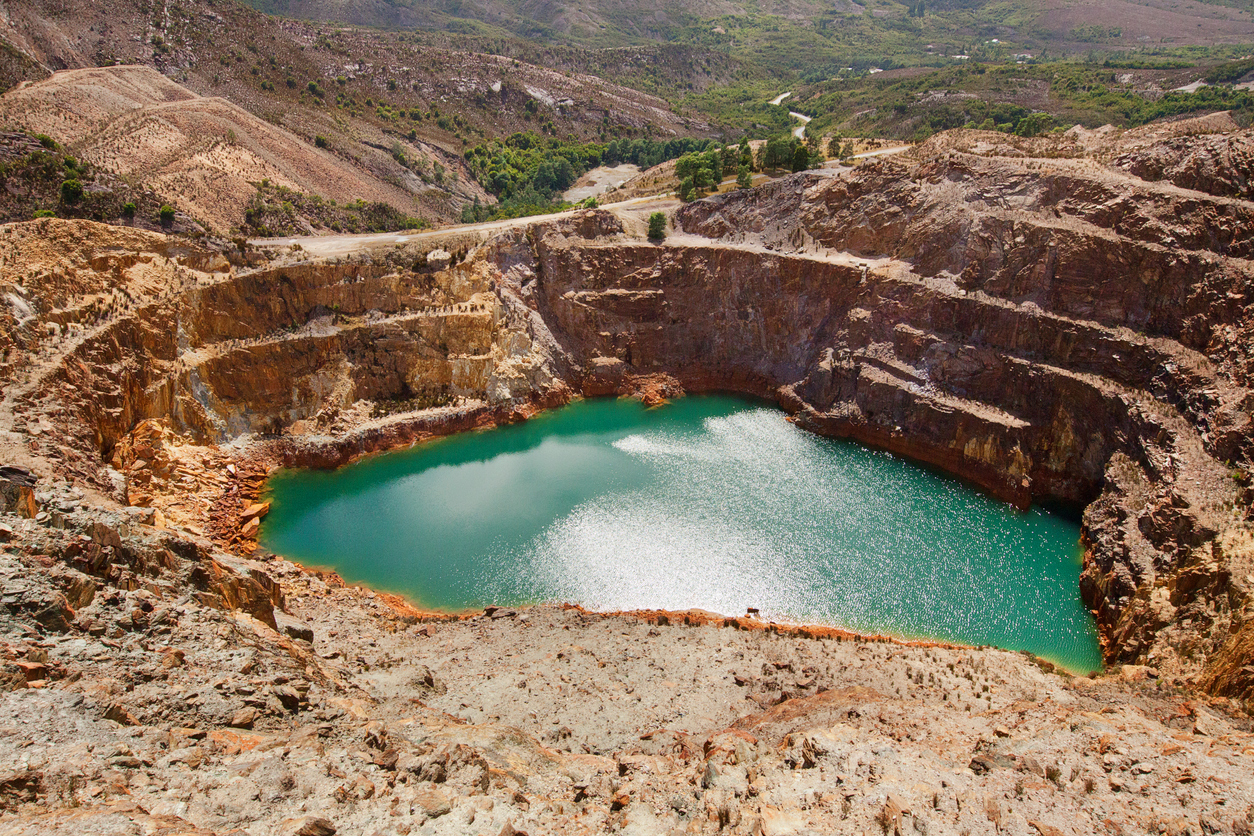In KPMG’s most recent risk forecast report, Australian Mining Risk Forecast 2024, the top risks for the mining industry were outlined. Their research shows how the mining industry is responding to a rapidly shifting environment of complex and diverse risks with an increasing focus on ESG.
The Top Ten Global Mining Risks for 2024:
- Climate Change
- Community relations and social license to operate
- Commodity price risk
- Health, safety and security risks
- Environmental risks (including new regulations)
- Financial Risks
- Operational Risk
- Access to resources
- Regulatory and compliance change/burden
- Talent attraction and retention
A trend that the mining industry is seeing this year is the risks that can arise from externalities. These include environmental regulations and geopolitical factors that executives are focusing on a lot more than in previous years.
Capital project deferrals such as those recently announced by St Barbara, Oz Minerals and Evolution, which post-date KPMG’s research, may be the canary in the coal mine for the mining industry. K2fly believes that mining companies are going to face increasing cost pressures that mean cost control and gains in efficiency will attract laser-like focus over the next few years.
Several risks outlined by KPMG reflect K2fly’s key focus of Resource Governance, Technical Assurance and ESG. K2fly solutions also allow customers to do more with less, save time and costs by breaking down silos, and make business processes not only better governed but also much more efficient.
Climate Change, Environmental Risks, and New Regulations
Companies are recognising the significance of addressing climate change and ESG, which were listed as the top risks for 2024. Long-term performance will increasingly depend on defining success in terms that go beyond money. This creates the need to consider stakeholder returns such as those from governments, communities, and employees more comprehensively. Companies should prepare for significant changes in the sector over the next few years if climate change and achieving ESG goals are not prioritised.
Along with environmental risks are the introduction of new regulations that ensure your company is operating with ESG at the forefront of your values. An example being the Global Industry Standard on Tailings Management which is becoming mandatory for all members of the ICMM and many other mining companies that operate tailings’ facilities. The GISTM sets a global benchmark for achieving strong social, environmental and technical outcomes with the ultimate goal of zero harm to people and the environment. The Standard also establishes clear expectations around transparency and public disclosure, helping to improve engagement and understanding by all stakeholders. To align with the GISTM, your teams should manage all tailings data in one central repository to improve business process efficiency, safety compliance, provide visibility, reduce risk surrounding disclosure and reduce cost.
Community Relations and Social License to Operate
Community relations and social license to operate has moved from a nicety to a necessity for businesses. Incidents, if not managed correctly, can spread quickly and cause severe reputational damage. Once lost, regaining social license to operate is a difficult challenge. So, developing strong community links and taking time to comprehensively address concerns will be key.
The social license to operate is made up of three components: legitimacy, credibility, and trust. Companies need to ensure that you are creating a transparent, accountable and legitimate relationship with key stakeholders. This is done by obtaining the correct permits and following laid out procedures.
Having relations with traditional owners is a continual engagement as this process needs to be followed before disturbing any land, every time. For example, heritage sites have a significant impact on the surrounding environment which can increase the complexity of obtaining permits. The relationship between heritage sites and ground disturbance is critical as you can’t afford to inadvertently destroy sites of significance because of poor visibility or siloed processes. Companies need to obtain the right approvals and permits from traditional land owners before being permitted to disturb the ground. Without the correct approvals, your company becomes susceptible to detrimental risks, including impacts to your social license to operate.
Managing heritage obligations doesn’t necessarily mean adding more and more people to your organisation. You avoid it by implementing systems that break down silos, centralize information, and ensure transparency and efficiency.
Ability to Access and Place Reserves
Due to the consumptive nature of the industry, the industry has very little control over commodity pricing. Thus it will always need to replenish Mineral Reserves. As businesses explore expansion into underdeveloped areas, they connect access to energy and water with their capacity to replace reserves.
Since the public has become more conscious of climate change and the effects of mining, the mining industry has transformed. To protect important environmental and historic sites, governments are increasingly careful with exploration and mining approvals.
This has led to an increased focus on planning and the approvals process in large mining companies. Any delays in the land access approval process, impacts the number of metres that can be drilled, delays the estimation and planning process, which in turn delays the opening of new mines and impacts the financial return on mining operations
Once you’ve gained the correct approvals, understanding your resource potential is critical as most additions of reserves come from drilling adjacent to existing operations. Solid governance of resource models is key to ensuring the latest and correct resource model is used for the analysis of exploration potential.
Operational Risk
Considering the significance and complexity of obtaining permits, operating without the correct land management approvals and permits can open your company up to a multitude of risks. These include fines and penalties for unauthorised activity and wasted time and money due to siloed organisation and inefficiency. Not to mention reputational damage impacting your social license to operate. Establishing effective land management permit processes lowers risk and builds stakeholder trust, making future permits easier and cheaper .
Regulatory and Compliance changes/burdens
Regulatory and compliance changes are constant in the mining industry. It can be difficult to ensure that your company is keeping up to date with these ever-changing requirements. However, non-conformance can lead to detrimental risks to your business.
As an example, for mining companies in the US there have been recent changes to the SEC reporting rules. A relevant one being the introduction of rule S-K 1300 for reporting of resources and reserves to the stock exchange. It is imperative for companies that Resources & Reserves reporting is both highly efficient and outputs are 100% defensible. Failure to comply can lead to re-reporting (adding time and cost), and reputational risks.
Current approaches to managing reporting of Resources & Reserves reporting are typically in-house custom-built spreadsheets or databases. These systems have been favoured because they are perceived to be cheaper, but they can be error-prone and quite complex. Having a solution that can decisively assist in reporting R&C burdens will ensure your business continuity in the most cost-effective way.
